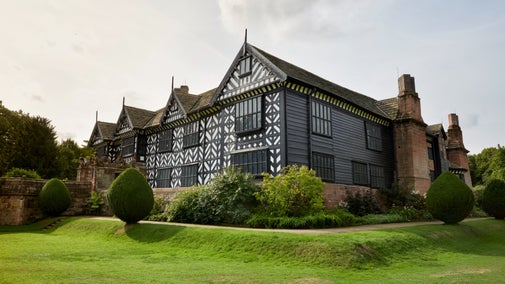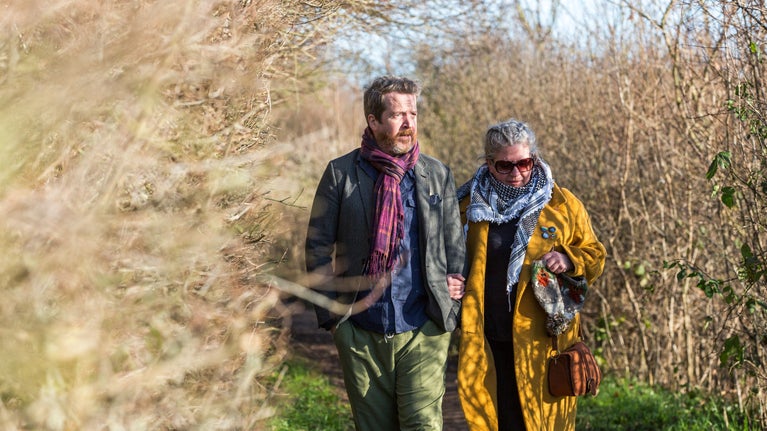
Discover more at Speke Hall
Find out when Speke Hall is open, how to get here, the things to see and do and more.
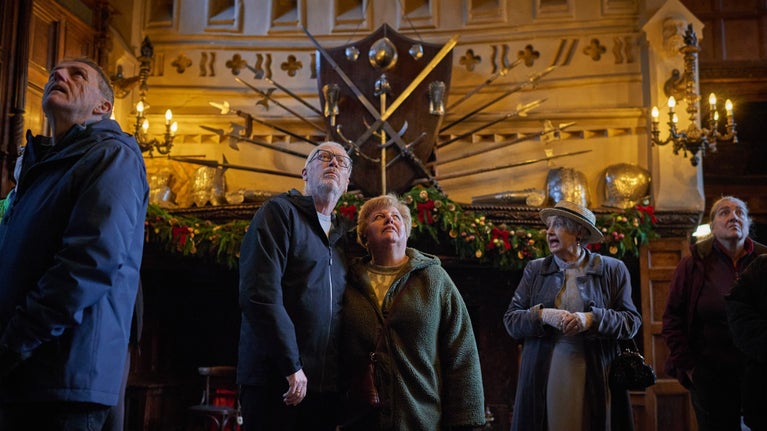
Discover the hall's fascinating architectural features and a range of treasures, from Richard Watt’s collection of over 200 pieces of carved oak furniture to early examples of original William Morris wallpapers.
Step inside an enchanting house ready to welcome you into the festive season. Each room has been lovingly decorated to bring you wonder, sparkle and moments of joy. Enjoy fresh garlands, twinkling trees and take in the sights, smells and sounds of Christmas.
Younger visitors are invited to have a go at the Merry Mice Family Trail. Look closely in each beautifully decorated room to find out what festive activities they are getting up to.
Find out more about Christmas at Speke Hall by clicking the button below.
Wander through the rooms at your own pace to learn about the fascinating history of Speke Hall and its residents. Room guides are always on hand to answer any questions you may have. You may even spot a few Tudor ladies and gentlemen making their way through the house from time to time. Look out for these highlights:
Feast your eyes on original William Morris wallpaper. ‘Trellis’, one of Morris’s earliest designs, is displayed throughout the downstairs corridor. In the Library, ‘Pomegranate’ adorns the walls while ‘Daisy’ can be seen peeking out from behind the books. It’s a must-see for any fans of the Arts and Crafts period.
Standing tall in the courtyard, this stately pair of yew trees are estimated to be around 500 years old. First recorded in 1712, they are nicknamed Adam and Eve as one is female and one is male. The trees are evergreen and provide a dramatic contrast to the Tudor wattle and daub walls surrounding them. It's a delight to stand beneath them at any time of the year.

John Middleton, born in the nearby village of Hale in 1578, was said to have been over 9 feet tall (though later research suggests his height was actually 7 feet 6 inches). An official portrait of Middleton hangs in the corner of the Great Hall and depicts the local legend – nicknamed the Childe of Hale – as he supposedly looked. If you’re visiting with children, don't forget to explore our fun Childe of Hale play trail in the woods once you've finished touring the house.
Can you spot the oldest feature in the house? Encrusted in the stone-flagged floor of the Great Hall are several fossils. Previously thought to be belemnites, these fossils are a species of Orthoceras fossil, which are restricted to marine limestones of the Baltic States and Sweden. They date to the Middle Ordovician period approx. 470 million years ago. See if you can find them as you walk around but be careful not to bump into anyone as you're looking down.
See the games room which was once used to entertain high-profile guests such as Dante Gabriel Rossetti and James McNeill Whistler. The room has been recently refurbished and restored to its former splendour.
Carved in around 1567, the overmantel in the Oak Parlour is an incredible piece of craftsmanship that depicts three generations of the Norris family. It also serves as the only known portrait of Sir William Norris II, who established the family at Speke and began the long tradition of representing Liverpool in Parliament in 1544.

Also in the Oak Parlour, this magnificent plaster ceiling dates from around 1612. It's made of 15 unique panels, depicting roses, irises, pomegranates, hazelnuts or grapes, while the beams are covered with hops and honeysuckle. Look carefully and see if you can find the hidden bird and snake.
We may have to close some rooms or the first floor at short notice for staffing, conservation or other reasons. We're sorry if this affects your visit.
Follow Speke Hall on social media @NTSpekeHall to find out more about the fascinating collections and stories we care for. What are your favourite features or objects at Speke Hall?
Don't forget to share your experience with us @NTSpekeHall.

Find out when Speke Hall is open, how to get here, the things to see and do and more.
From peaceful strolls through colourful borders, to adventures in the woodland and spotting wildlife in the secret garden, there's plenty of seasonal joy to find at Speke Hall.
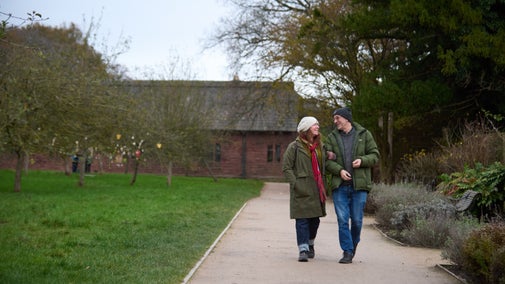
Since Sir William Norris began building Speke Hall in 1530, its survival hasn't always been guaranteed. Discover the stories of the people who have lived at Speke Hall.

Home Farm restaurant is open every day for you to grab a drink or a bite to eat. Afterwards, pop into the second-hand bookshop to find a pre-loved gem.
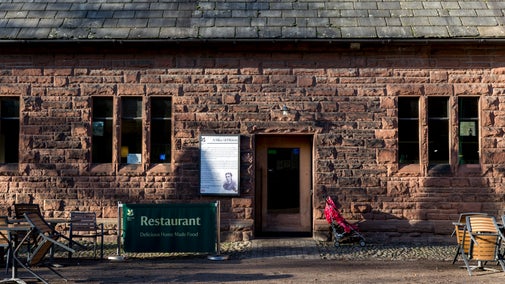
Dogs on leads are welcome to explore most areas of Speke Hall's grounds. Find out where you can go with your dog, what facilities are available to them and other important information at this two pawprint rated place.
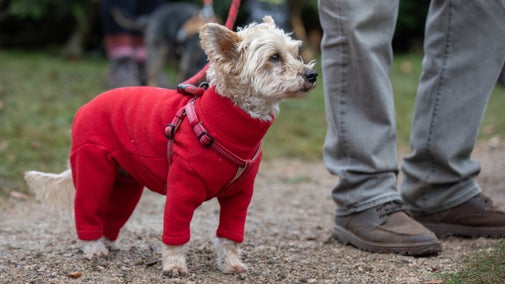
Find out about our neighbours' and community passes to visit to Speke Hall as many times as you like throughout the year.

Historic houses and buildings are full of stories, art and collections. Learn more about their past and plan your next visit.
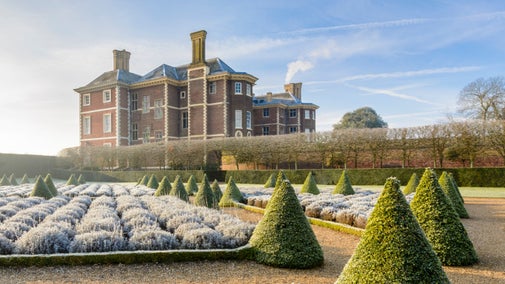
From the Elizabethan architecture of Gawthorpe Hall to the homes that were the birthplace of the Beatles, there's plenty to discover inside the buildings we look after in Liverpool and Lancashire.
